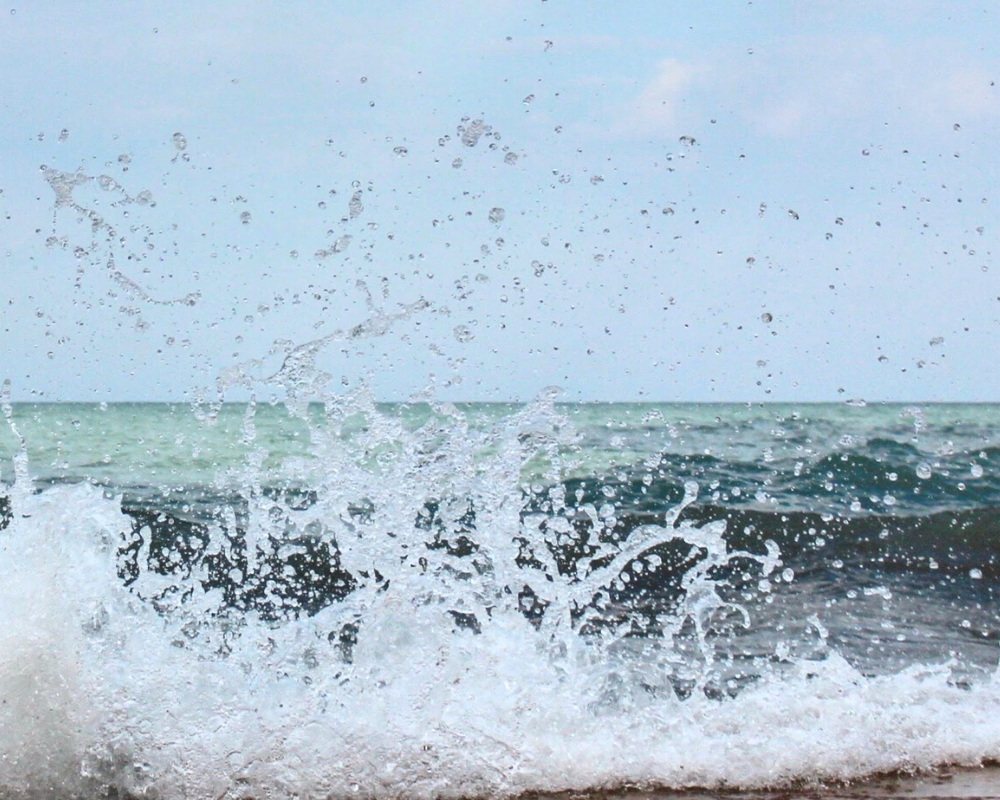Reef Safe Sunscreen

Whether or not sunscreen is actually reef safe depends on the ingredients, not the label.
In May of 2018, Hawaii became the first state to ban sunscreens that use oxybenzone and octinoxate, two ingredients studies have shown are toxic to coral. The law went into effect January 1, 2021, and was passed in an effort to protect reefs around the archipelago.
Coral reefs occur in less than one percent of the ocean yet support an estimated 25% of all ocean species. Coral reefs need salt water to survive and thrive in warm, clear waters where the sun is able to filter through. Due to these conditions, humans closely interact with coral more often than not.
Currently, an estimated 75% of coral reefs globally are threatened due to local human activity and climate change. Studies have shown that both oxybenzone and octinoxate increase the likelihood of coral bleaching, severely impacting its resilience to rising ocean temperatures. Additionally, oxybenzone can cause deformities, DNA damages to the coral itself, and death once deposited in the water.
This is especially important because without juvenile coral, reefs would remain unable to repopulate, so avoiding toxic chemicals in sunscreens such as these will assist in the efforts to preserve coral reefs.
SPF is an important part of any time spent outdoors so this begs the question, what sunscreens can you use?
Keep an eye out for non-nano mineral sunscreen. UV blocking ingredients such as zinc oxide and titanium dioxide are safe to wear, and as long as the particles are non-nano, coral will be unable to ingest anything that washes off due to the size.
March of 2021 a new piece of legislation was proposed in order to further protect coral reefs in the state. The law pushes to ban any sunscreens that contain avobenzone or octocrylene, chemicals that studies have shown (respectively) to lower coral’s resilience against rising ocean temperatures and impact human hormones and harm marine animals.
Here are five reef-safe sunscreens we recommend that use non-nano zinc oxide as the active ingredient.
-
MAMA KULEANA
A local brand, this Kahului based company uses fully biodegradable and compostable packaging.
-
RAW ELEMENTS
The founder of this brand was an ocean lifeguard before discovering the harmful effects of some chemical sunscreens to both human and marine life. The active ingredient of the Face + Body SPF is 23% non-nano zinc oxide.
-
BLUE LIZARD
An Australian based company, Blue Lizard uses a range of ingredients to be favored by dermatologists as well as environmentalists.
-
RAW LOVE SUNSCREEN
Another Maui based company, this product is both plant based and cruelty free.
-
BABO BOTANICALS SPF
A fragrance free formula, this new sunscreen is enriched with calendula and shea butter in order to simultaneously moisturize.
The cliff notes:
- Avoid any sunscreens with oxybenzone, octinoxate, avobenzone or octocrylene.
- Non-nano zinc oxide and titanium dioxide are your friend.






